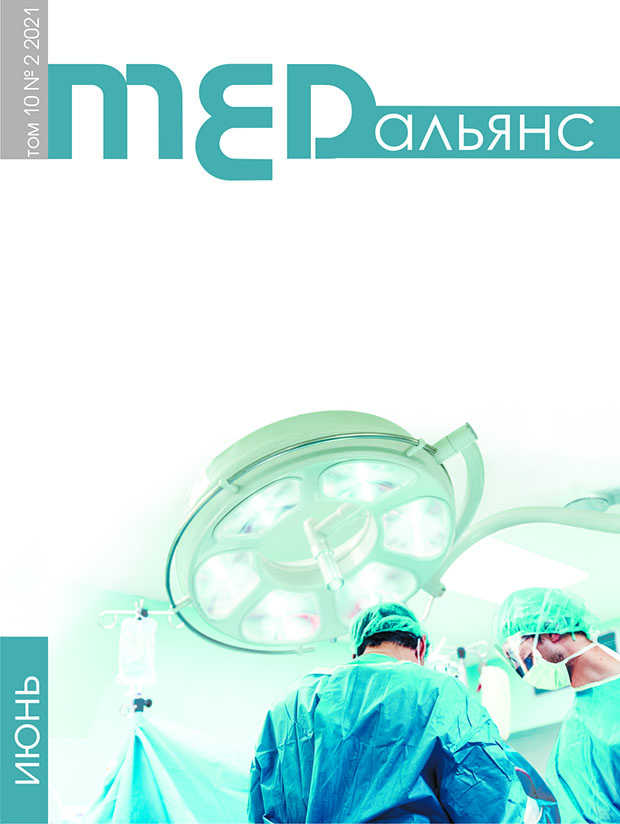Abstract
In recent years, cell therapy of diseases of various organs and tissues is gaining popularity, including the use of mesenchymal stem cells (MSCs). Many studies have confirmed the presence of pronounced immunoregulatory properties in this type of cells, which are mediated both by direct action on target cells and by signaling molecules and cytokines. This review is devoted to the possibilities of using MSCs in urological pathology, including a description of the mechanisms of action on the human immune system and the prospects for using this type of cells in experimental and clinical practice. The article
presents our own experience in studying the distribution of mesenchymal stem cells in various tissues and organs on a model of kidney tuberculosis in rabbits. Material and methods. The study involved 18 rabbits with kidney tuberculosis, which were injected intravenously with mesenchymal stem cells labeled with superparamagnetic iron oxide nanoparticles (SPION), followed by highly sensitive nonlinear longitudinal magnetic response imaging
(NLR-M2). Results. 48 hours after the injection, MSCs accumulated in the lungs, spleen, liver, paratracheal lymph nodes, and kidneys. Conclusion. The NLR-M2 method allows detecting SPION-labeled cells in various organs and tissues, giving an idea of the mesenchymal stem cells movement in the body.

